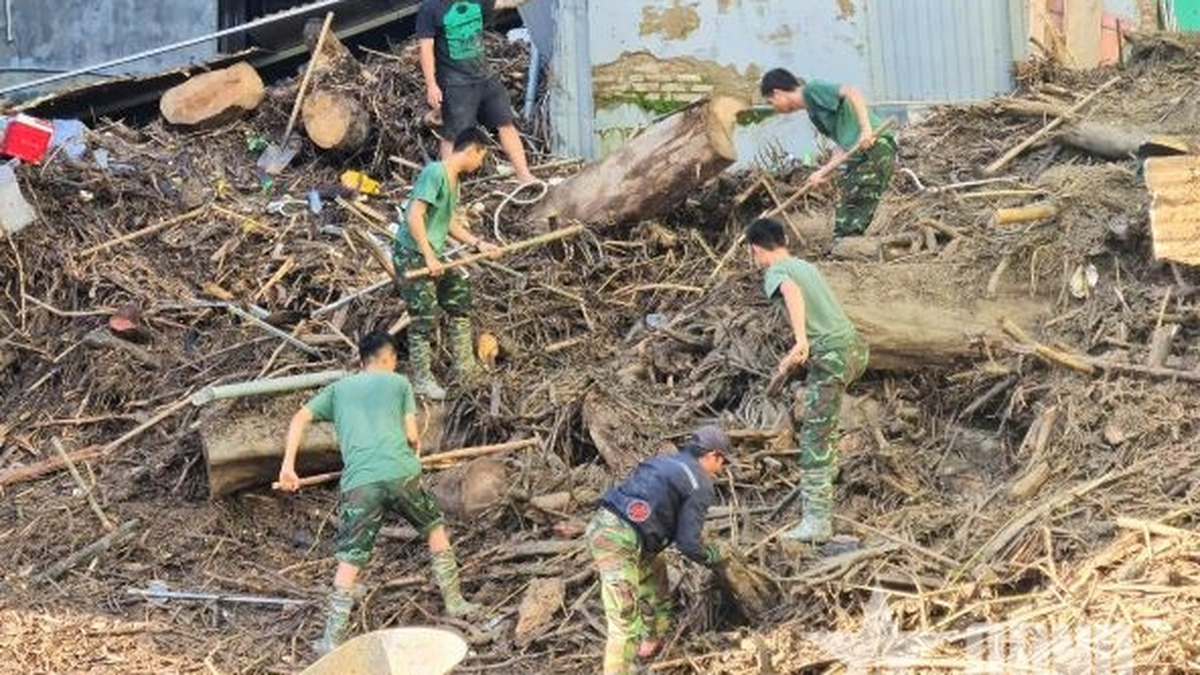In the draft report, the Uttar Pradesh government has asked the Supreme Court to agree that the entire Taj Mahal should be declared a plastic-free zone and that the use of bottled water should be banned. Earlier, on July 11, the Supreme Court of India issued a ruling stating: “Either we will have to close the Taj Mahal, or demolish or restore the mausoleum.”
The Uttar Pradesh government report said that polluting industries should be shut down and that tourist hubs in the state should be better managed. It also said that no construction should be done in the estuary and that only trees should be planted on the river banks. The Supreme Court of India has long monitored development in the area to protect the Taj Mahal.
Conservation experts have studied the signs of deterioration and confirmed that the mausoleum is constantly covered with dust and smoke from factories and vehicles, causing the white marble walls of the mausoleum to turn yellow and even turn green in some areas. In addition, the invasion of small insects from the dried-up Yamuna River next to the temple is also causing the stone walls to deteriorate more quickly.
The Taj Mahal was built by order of the Mughal Emperor Shah Jahan in memory of his wife Mumtaz Mahal upon her death. Construction of the mausoleum began in 1631 and was completed in 1653. It is considered the finest example of Mughal architecture, a style that combines elements of Persian, Turkish, Indian and Islamic architectural styles. The Taj Mahal was included in the United Nations Educational , Scientific and Cultural Organization (UNESCO) World Heritage List in 1983 and is considered a “universally admired masterpiece of the world’s heritage.”
Source: https://nhandan.vn/an-do-no-luc-bao-ton-den-taj-mahal-post331055.html


































































































Comment (0)